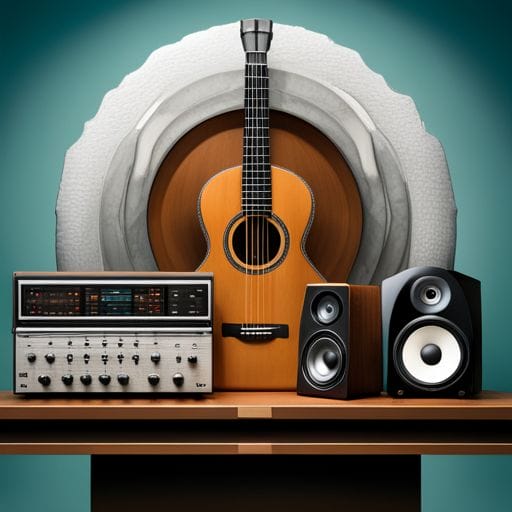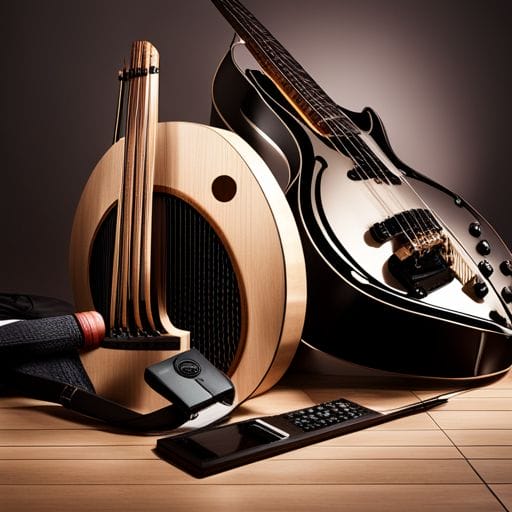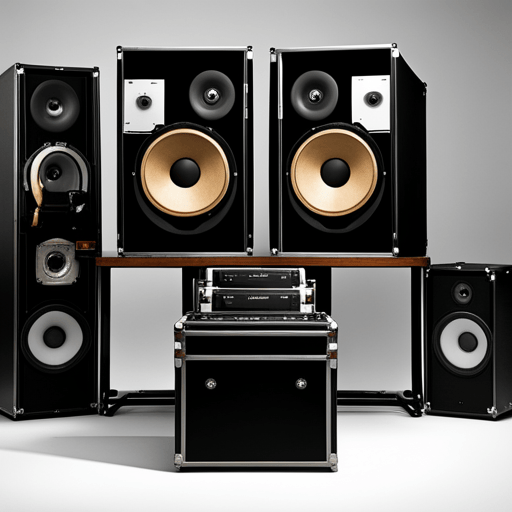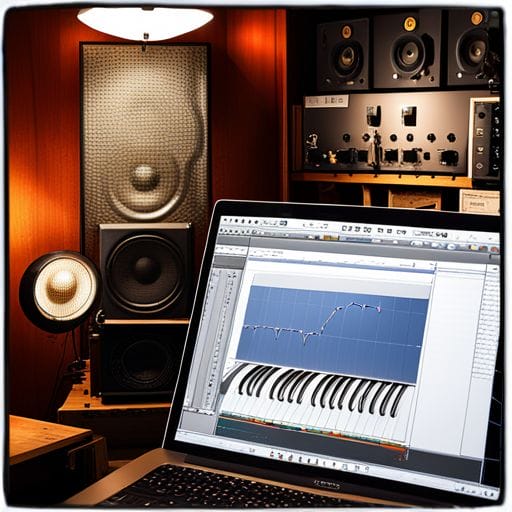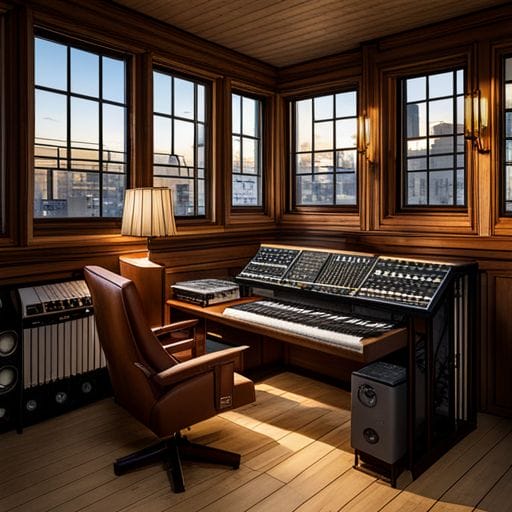Producing Podcast Intro and Outro Music
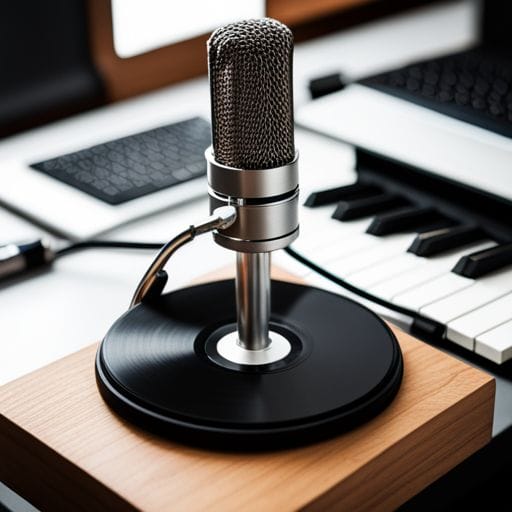
How long should the podcast intro and outro music typically be?
Your podcast’s intro and outro music is essential in setting the tone for your show. It helps to establish your brand, draw your listeners in right from the start, enhance the overall listening experience, and leave a lasting impression. For you to achieve all this, your intro and outro music needs to be memorable, relatable, perfectly fitting with your podcast content, and of high-quality. Let’s delve into the steps involved in producing standout podcast intro and outro music.

